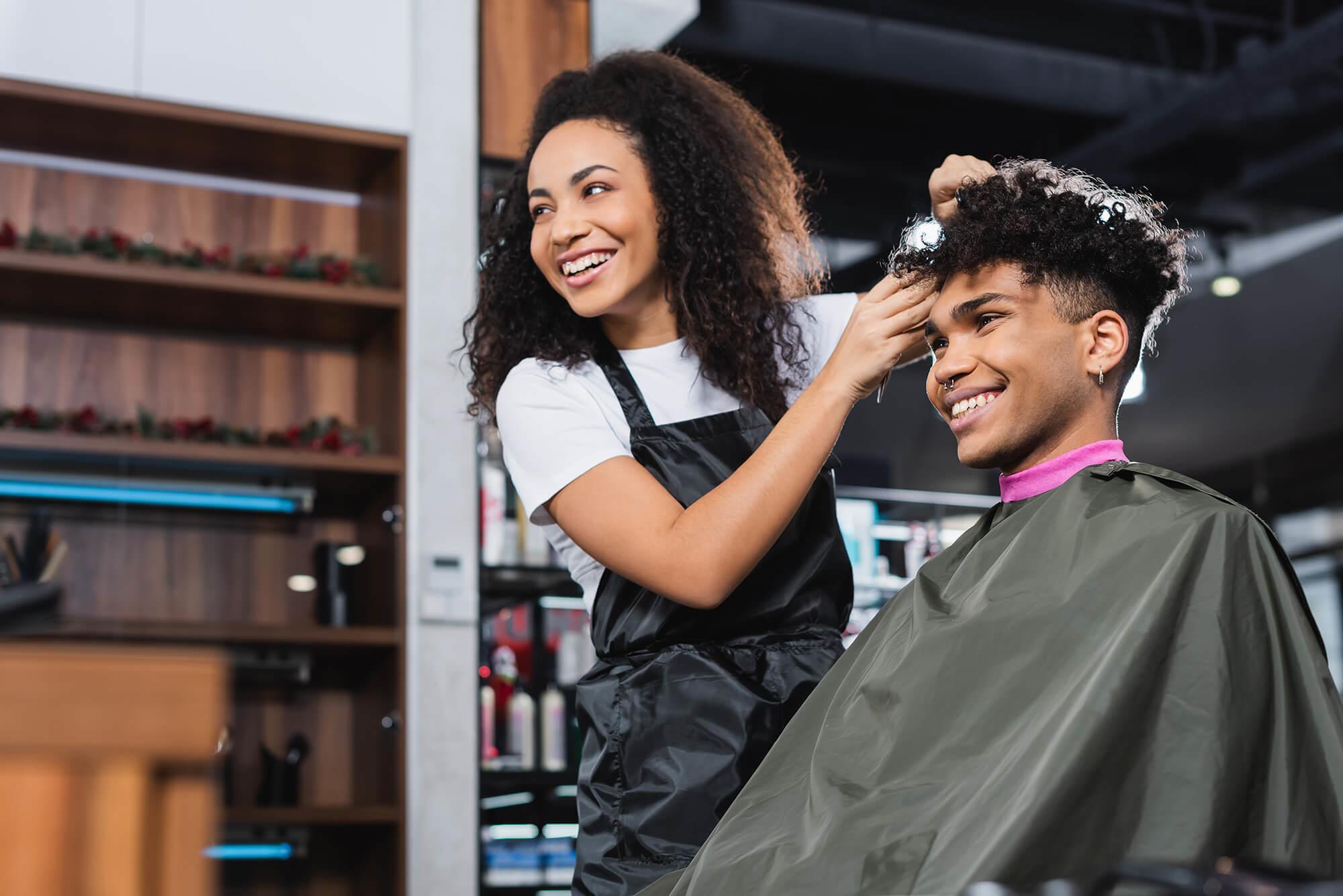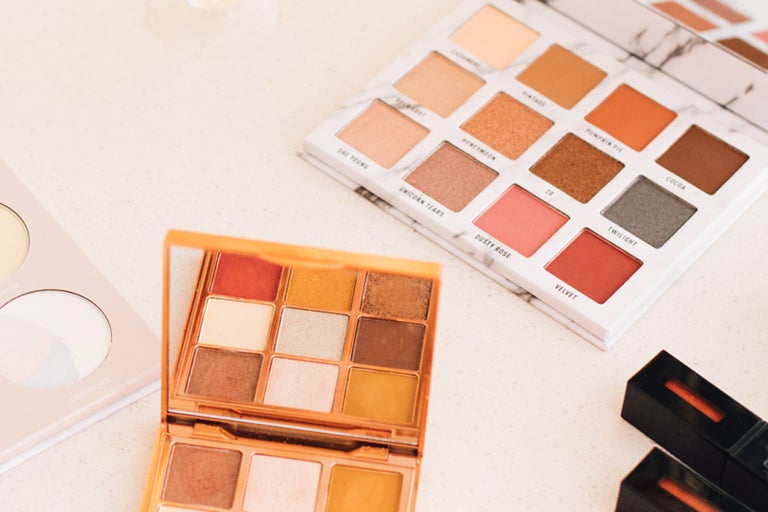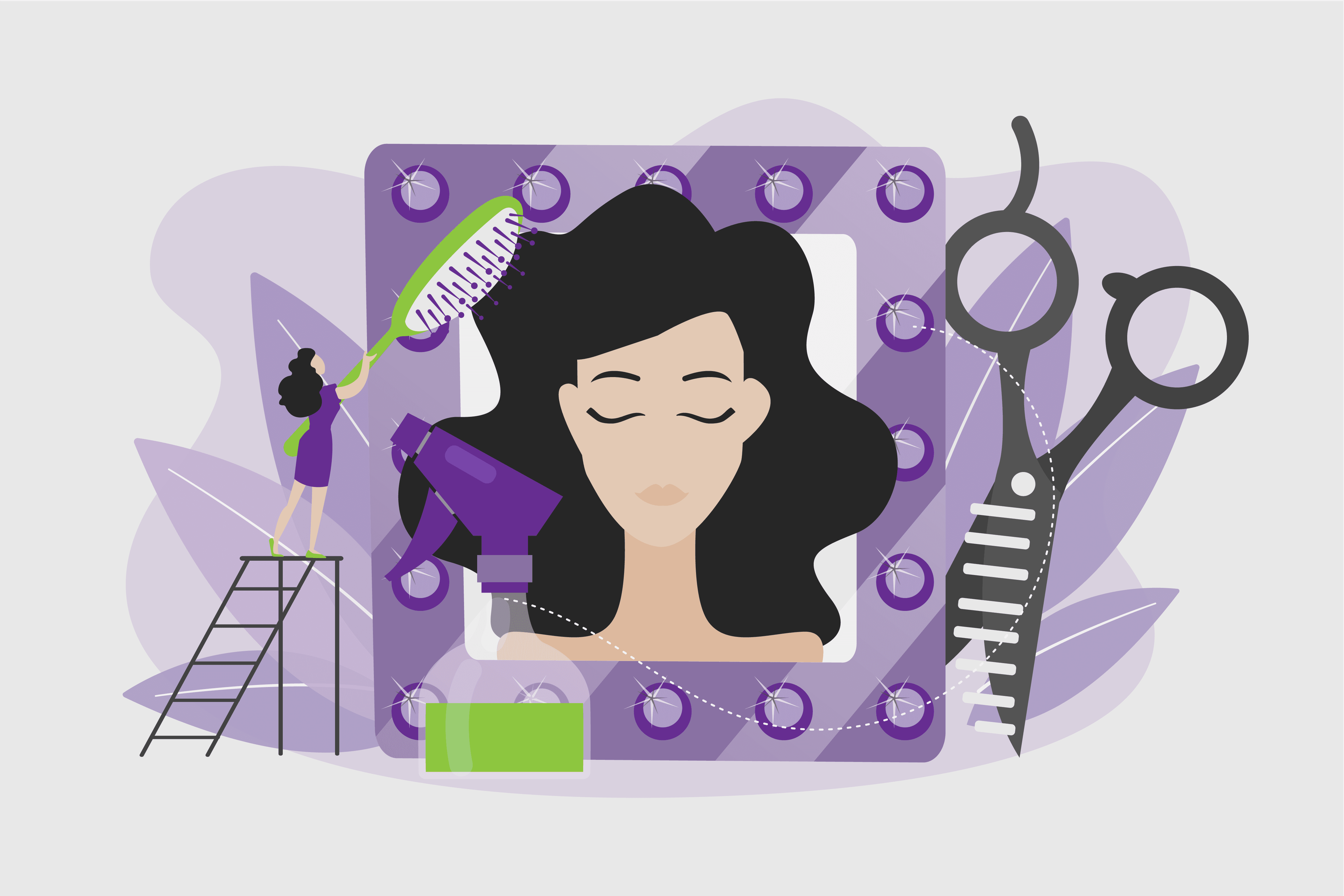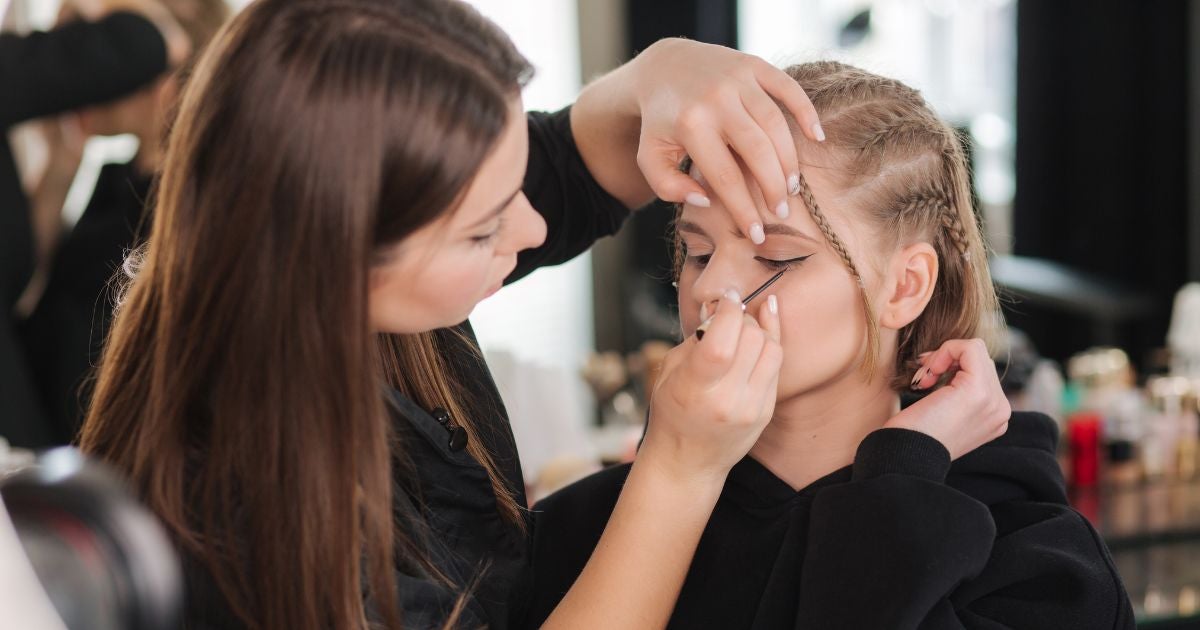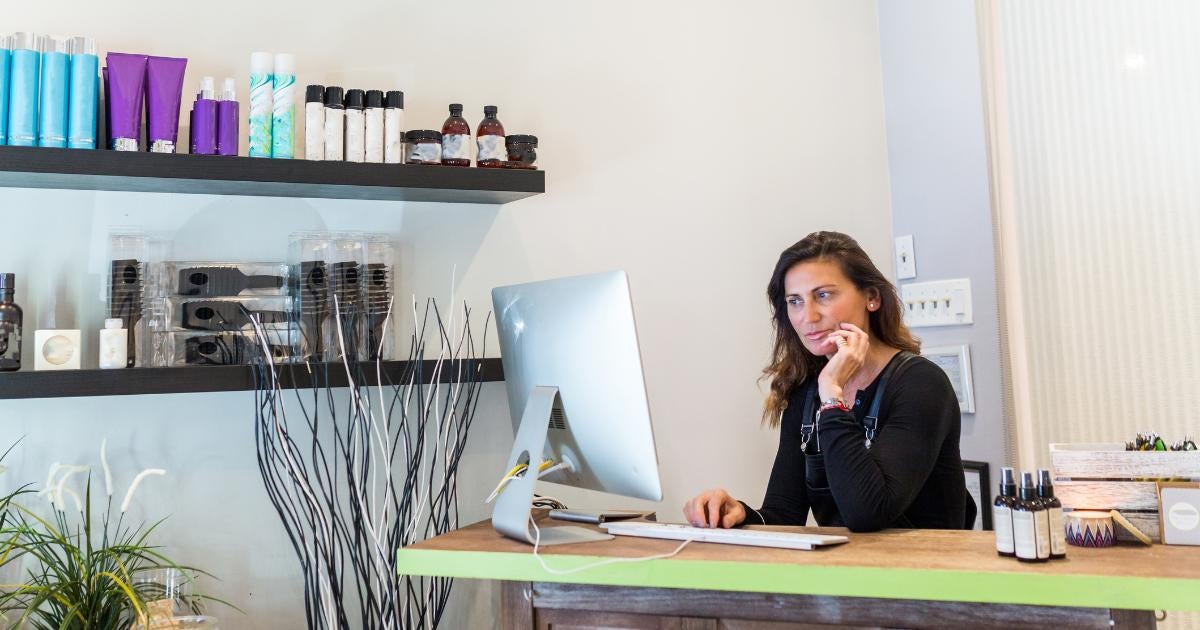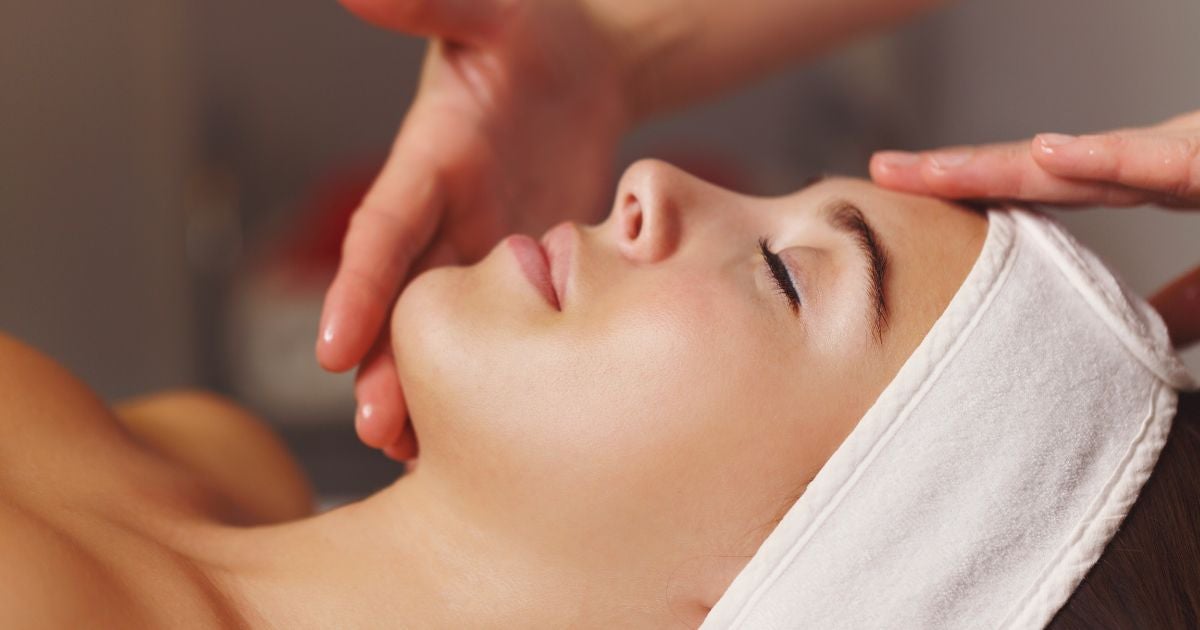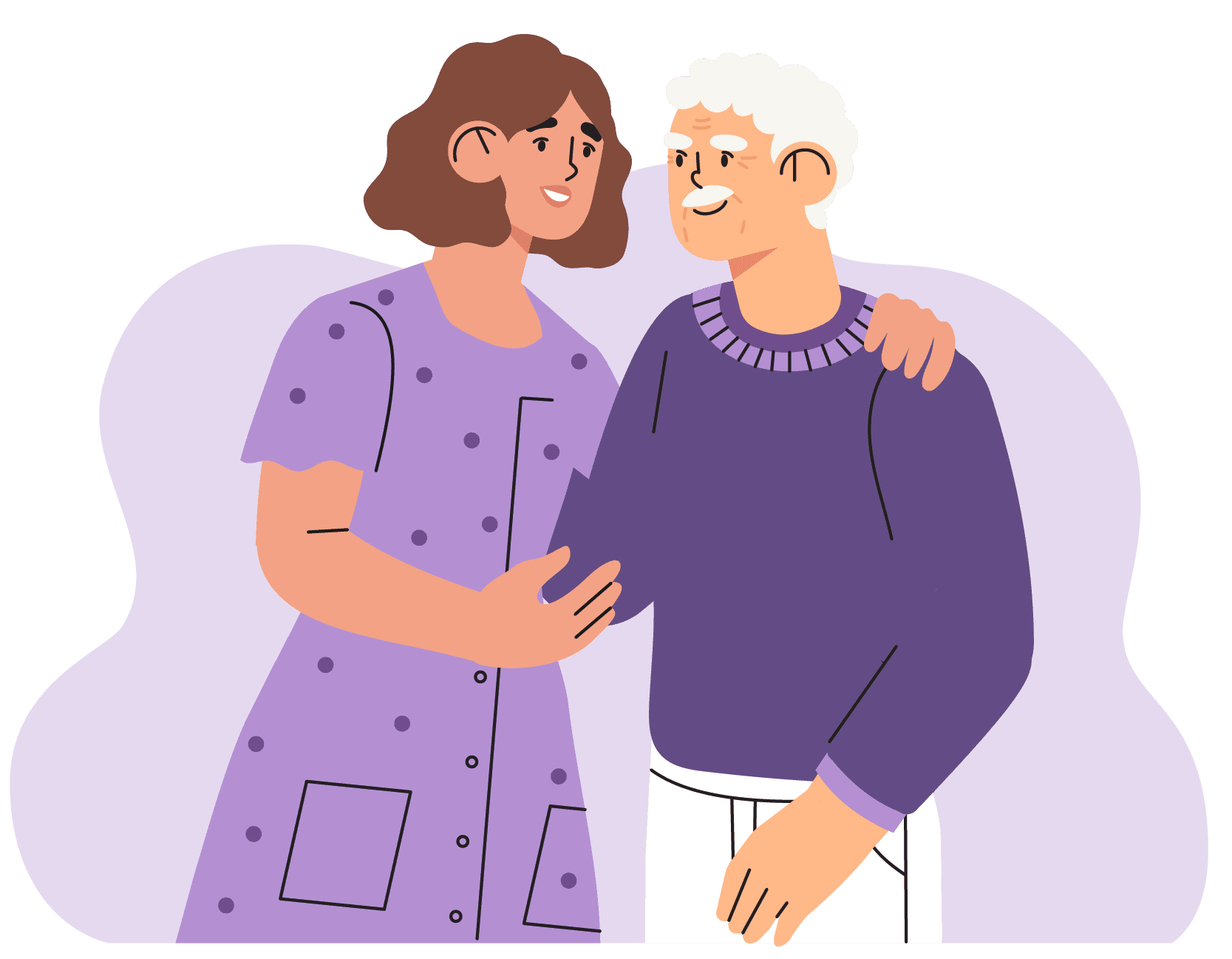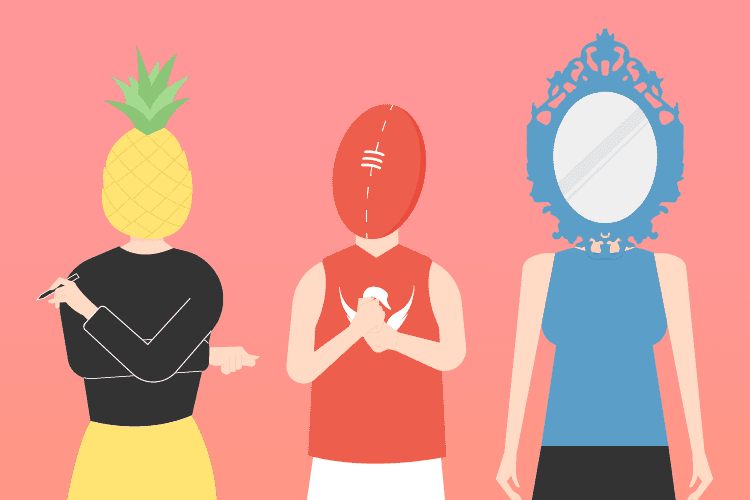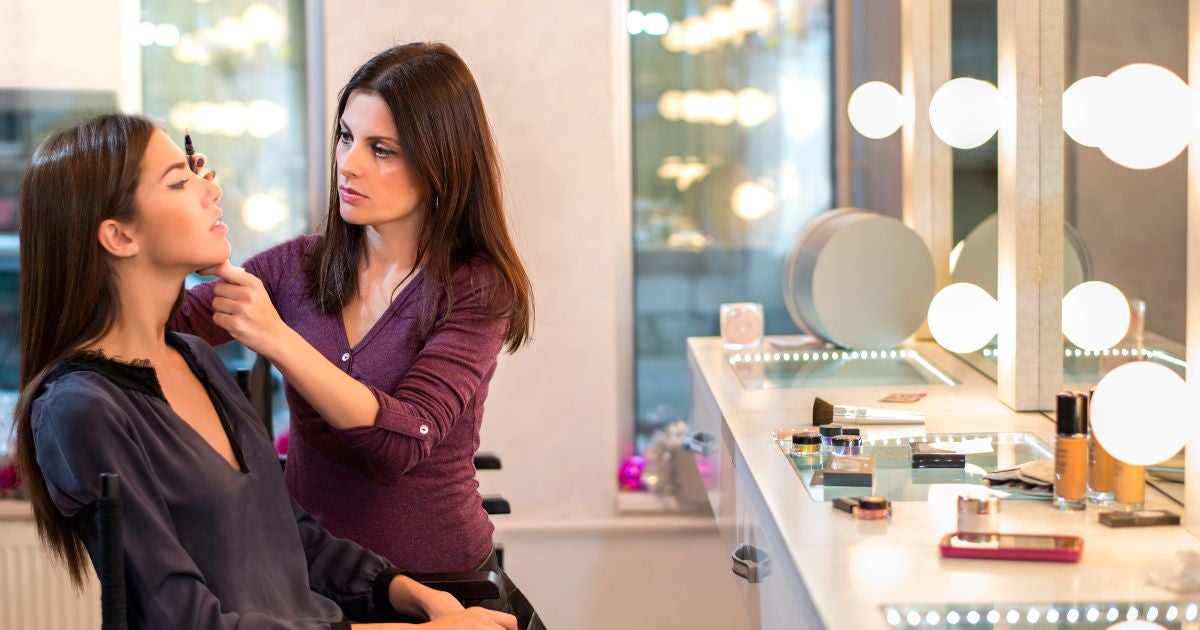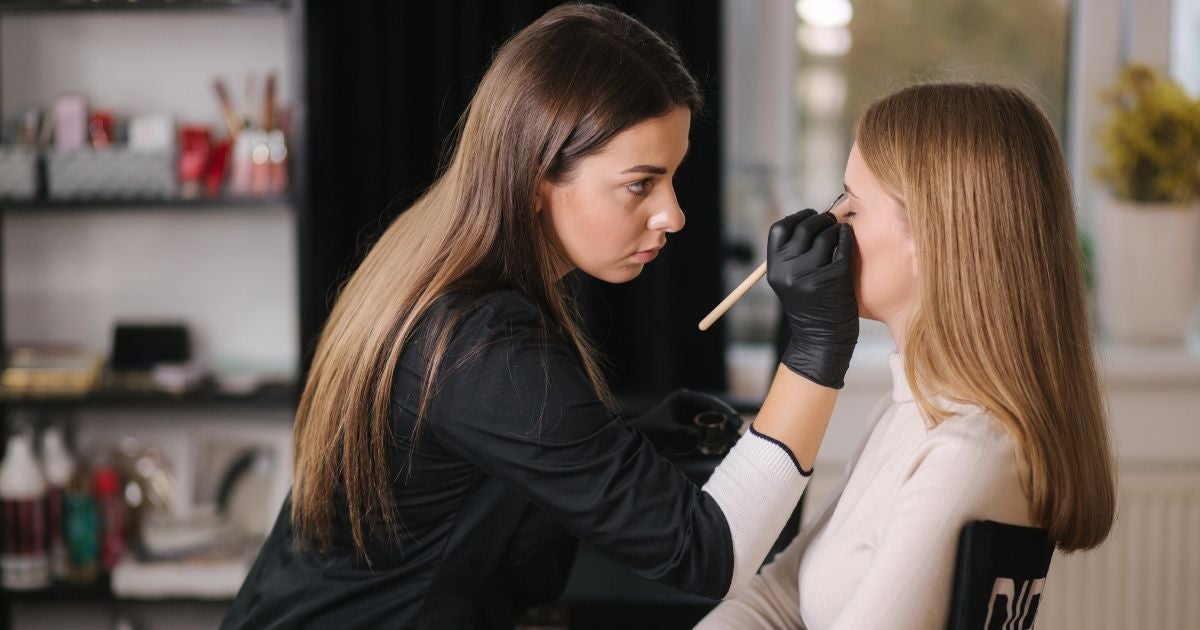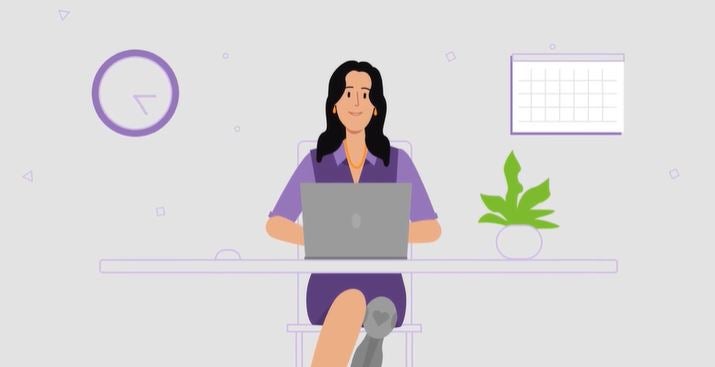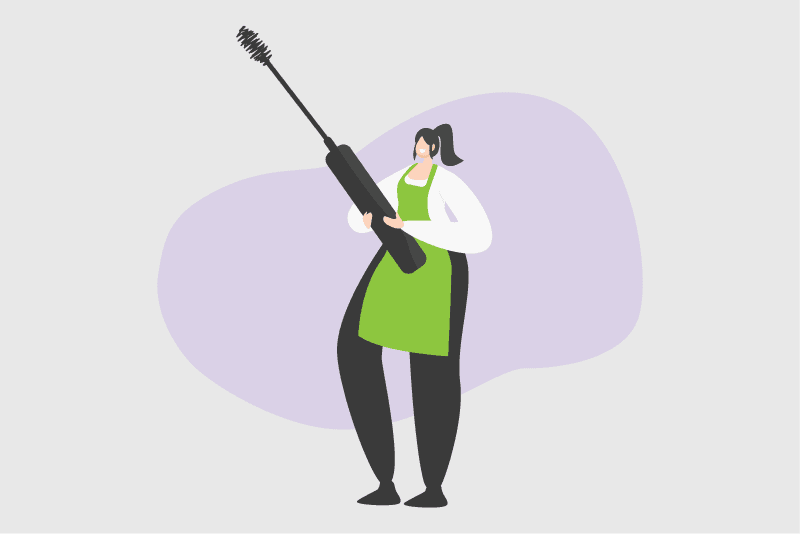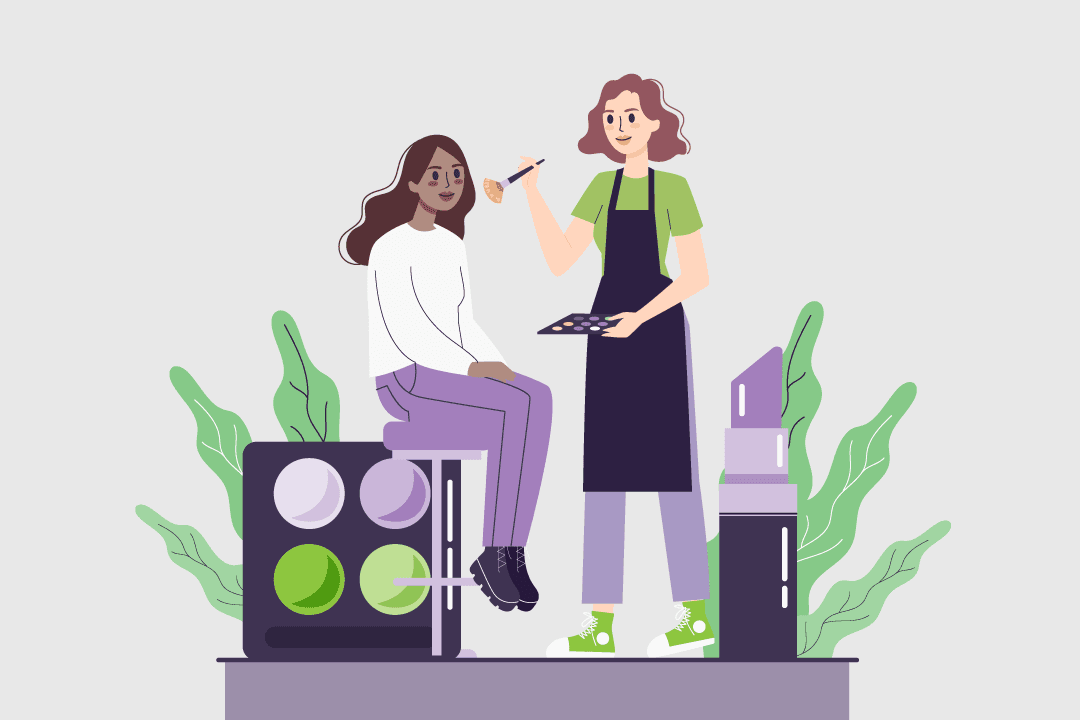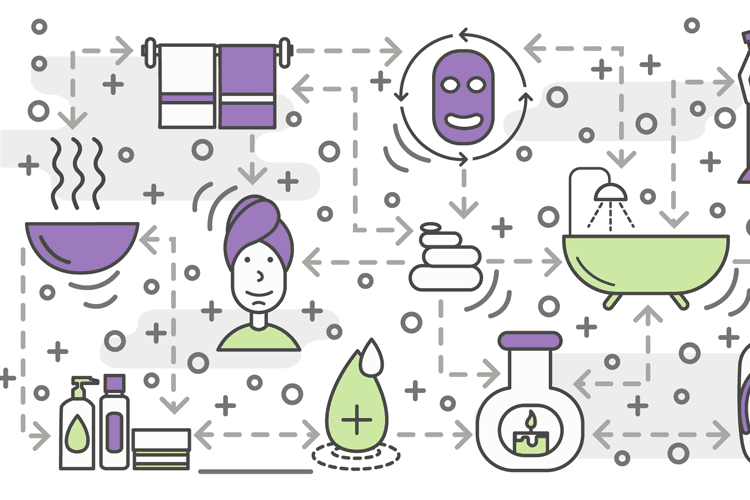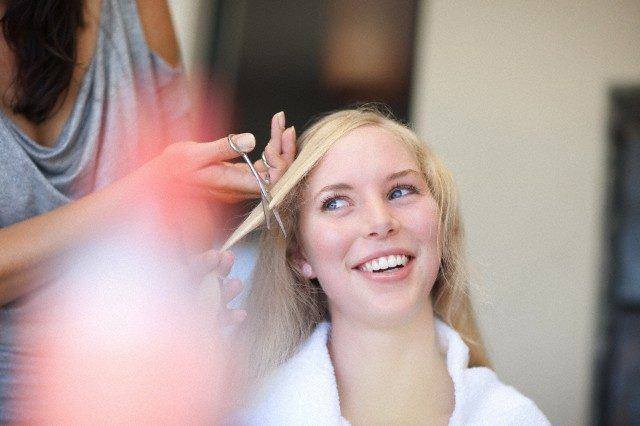Hairdresser job description
Let’s get real. Job information online can often be overly optimistic — conveniently glossing over the raw bits. But when you’re making decisions about your future, you need all the facts.
That’s why we anonymously surveyed hairdressers about their job, with hopes of getting an honest insight into what it’s really like.
While we did our best to ensure respondents were Australians and verified their job titles with proof of employment, we can’t guarantee complete accuracy — or that your experiences in the field will reflect theirs. So, we suggest that you take these insights as a guide only and try to talk to people in the field before making an important decision.
Tasks and responsibilities for a hairdresser
These days, the list of options available to help improve the look and health of our hair is enormous, and because of this, a day in the life of a hairdresser can vary greatly.
A hairdressers tasks can include:
- Consulting clients and advising on hair services
- Shampooing, conditioning and giving hair and scalp treatments
- Cutting, colouring and styling hair with different hairdressing tools
- Doing hair-ups for special occasions
- Taking payments and financial administration
- Ordering products and maintaining stock levels
- Booking appointments and managing booking systems
- Keeping the salon clean
- Advising on hair and scalp health and maintenance
- Recommending and selling hair products
How to become a hairdresser
-
Apprenticeship
A hairdressing apprenticeship (or traineeship) is a great way to enter the workforce, study for a qualification in work hours and get paid a wage. An apprentice starts out assisting more senior hairstylists in the salon, keeping the salon clean and tidy and using the skills they learn as they go.
-
Study
Earning a qualification in hairdressing, like the Certificate III Hairdressing (SHB30416), from an RTO (registered training organisation) prepares you for an entry-level role with fundamental skills as a stylist. With hairdressing courses available at different qualification levels and flexible learning options for students, you can tailor your study to your lifestyle and timeframe.
-
Further study
If you have qualifications in hairdressing and want to gain more technical skills, specialise or go into business, further study is a great way to get you there. With a vast selection of courses with flexible learning and payment options available, you can even study while you continue to work.
Pathway options
A qualification in hairdressing can lead to a fulfilling life-long career. It can also open up opportunities in many other settings or allow you to specialise in a particular type of service.
Options for career pathways could be:
Junior
-
Salon assistant
Most common qualification: Certificate II in Salon Assistant (SHB20216)
-
Barber
Most common qualification: Certificate III in Barbering (SHB30516)
Mid
-
Hairdresser
Most common qualification: Certificate IV in Hairdressing (SHB40216)
Senior
-
Stylist
Most common qualification: Certificate IV in Hairdressing (SHB40216)
-
Salon manager
Most common qualification: Diploma of Salon Management (SHB50216)
-
Senior colourist
Most common qualification: Certificate IV in Hairdressing (SHB40216)
Explore related qualifications
Certificate III in Hairdressing
This course can be studied through an apprenticeship or independently and provides the learner with the essential skills and knowledge to start their career in hairdressing.
The course work can be delivered through a mixture of theory and practical subjects via face-to-face and online methods. The average course duration is 14 months.
Government subsidies and payment plans may be available to eligible students depending on the course provider.
4 providers offer this course


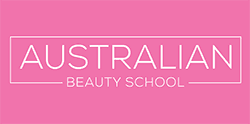

Certificate IV in Hairdressing (SHB40216)
A Certificate IV in Hairdressing is perfect for hairdressers who have completed a Certificate III in Hairdressing and wish to extend their career options. Learners who hold this qualification are skilled, senior hairdressers who provide a high level of service and technical knowledge in hairdressing and often give guidance or leadership to other stylists.
The entry requirements for a Cert IV in Hairdressing are completing a Cert III in Hairdressing and at least one year of post-qualification experience working as a hairdresser in a salon.
The average course duration is 25 weeks, and some providers offer a mixed-delivery mode of learning. Government subsidies and payment plans may be available to eligible students depending on the course provider.
Certificate III in Barbering
A Cert III In Barbering prepares learners to develop a range of technical barbering and grooming skills, sales, and consultation techniques to gain an entry-level position in a barbershop or salon.
This qualification can be achieved through an Australian apprenticeship or studied independently. The average duration for this course is one year and can be delivered in a combination of online, remote and face-to-face methods.
Government subsidies and payment plans may be available to eligible students depending on the course provider.
Related subjects
Roles in the hairdressing industry and beauty industry are not limited to hairdressing. Those who love the idea of working to help others look and feel great can come in many forms, and the industry is constantly calling out for enthusiastic and motivated newcomers.
Some other subjects to explore:
Related articles
A career as a hairdresser might be sounding perfect for you. If so, there is no shortage of resources and articles available to help you on your way to your dream job.
You can start here:
Reviews
Reviews are from Australian workers with this job title or a very closely related one.
Is this your job title?
Share your thoughts and help people decide if this job is right for them.
- All
- Positive
- Negative
Sofia
Nov 05 2021Every day is different.
What are the best parts of the job?
In hairdressing, you get to try lots of new things all the time, whether that's new styles, techniques, tools, or just trying out a different look on an adventurous customer.
What's the most challenging part?
Learning new hair styles can be tough sometimes, you've got to get them right or the client will be unhappy.
Zoe
Nov 08 2021Making people feel good.
What are the best parts of the job?
Having a good talk with people, and making people beautiful and feel good.
What's the most challenging part?
Keeping stock at a good level can be challenging as you can't always predict how much you'll need.
Summer
Nov 04 2021All about the customers you meet.
What are the best parts of the job?
Meeting new people and helping them achieve what they want
What's the most challenging part?
Difficult customers - Either rude or just not realistic with whet they ask for
